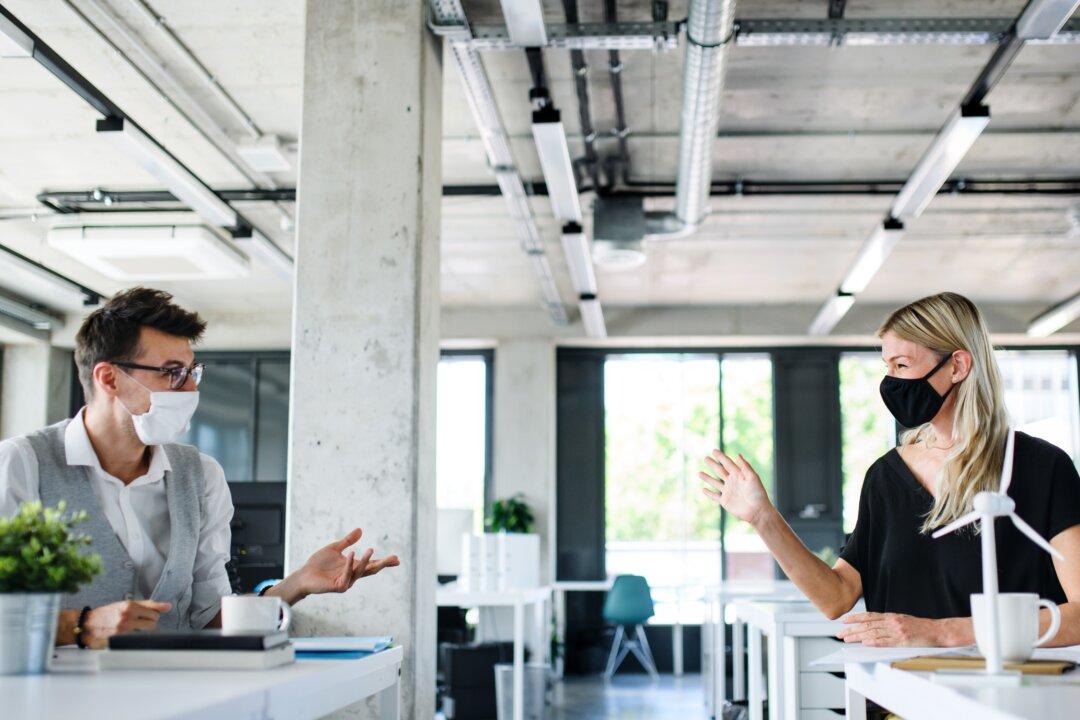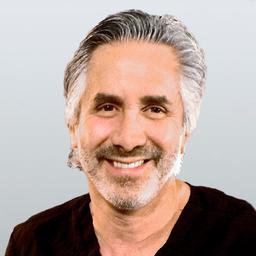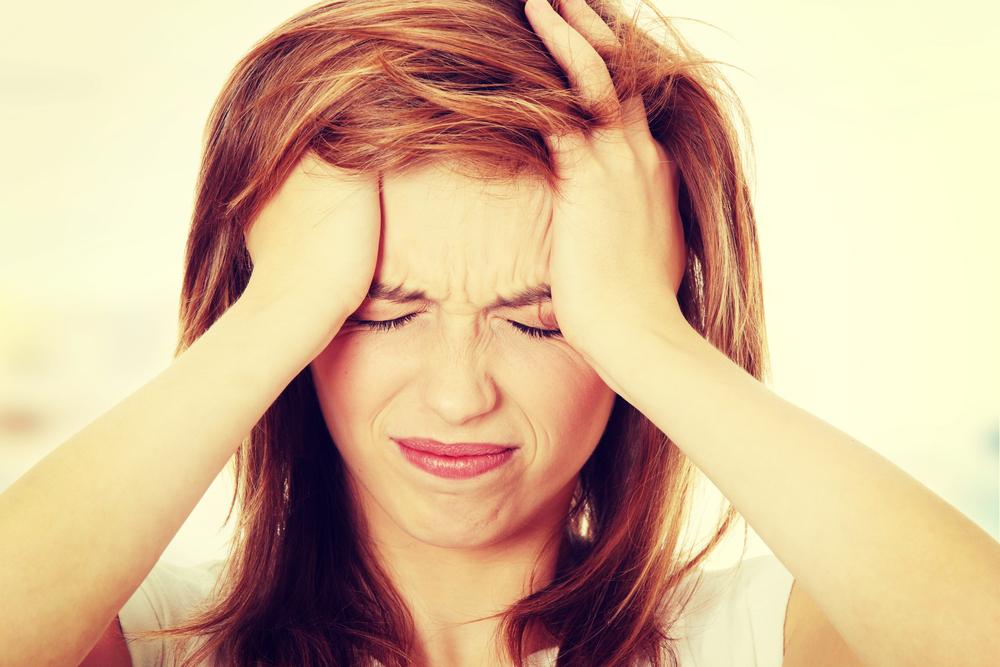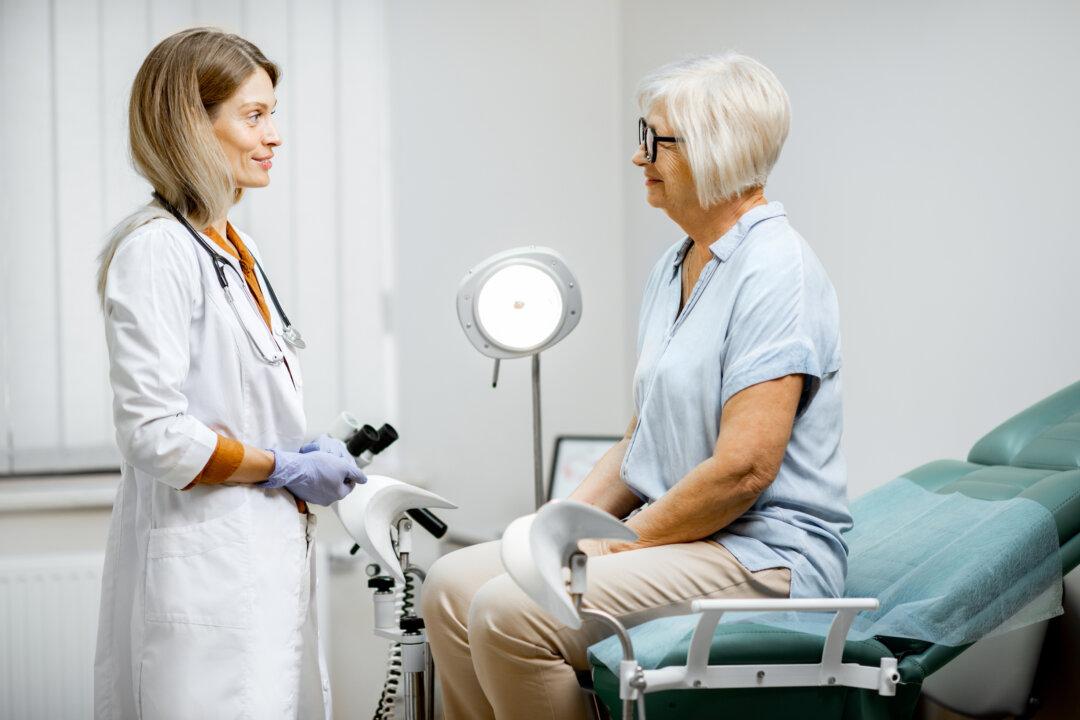I travel a lot, for business as well as pleasure. It’s amazing how each area of the United States handles the pandemic (actually, now an endemic) so differently.
Los Angeles International Airport (LAX) is a zoo even in the best of times, but it is going through a major renovation for the 2028 Summer Olympics. Crowded is an understatement.






